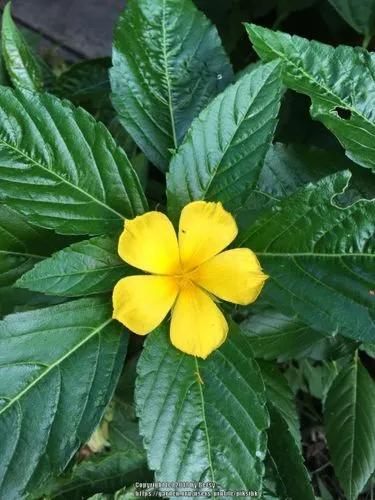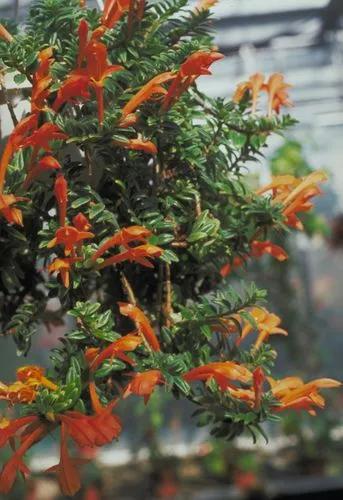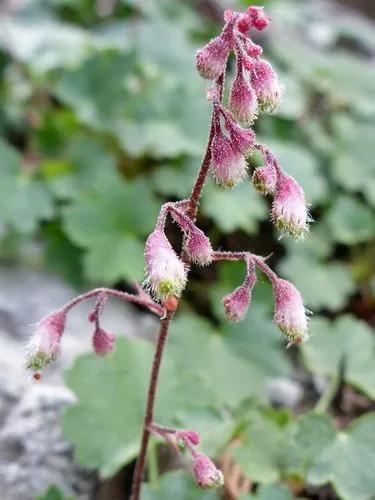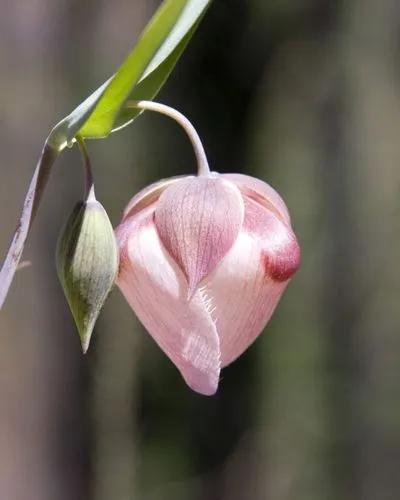Aromatic and possibly one of the most striking and breathtaking flowers. We’re talking about the Oriental Lily. This beautiful perennial is easy to identify and great for amateurs and experienced gardeners.
Oriental Lily Care
Lilium orientalis



The Oriental Lily (Lilium Orientalis) is a member of the Lilium genus and is related to other lilies, such as the Asiatic Lily. This bulbous perennial is native to Japan and most often found in the northern hemisphere.
The Oriental Lily has a variety of distinct cultivars, including the Casa Blanca, The Star Gazer, The Sunny Keys, and The Mona Lisa. Colors can include a variety of pinks, reds, purples, and whites.
These plants often grow between 2-6 ft (.6-3 m) which is more significant than their Asiatic counterpart. The Oriental Lily is easy to identify due to its more fragrant nature, often said to perfume the garden or room it’s blooming in.
While Asiatic Lilies bloom in June and July, the Oriental Lily begins to bloom in August.
How to Care for the Plant

Water

The Oriental Lily, while hardy, is not drought resistant plant and should be watered evenly as needed to keep the soil moist. Proper drainage is required to keep the bulbs from rotting.

Pruning

Pruning of the Oriental Lily isn’t necessary, but it is common to see the stems cut back after the leaves die to create a clean aesthetic.

Fertilizer

With proper soil and drainage, Oriental Lilies do not require fertilization, but a 10-20-20 slow-release fertilizer is recommended if you decide to fertilize.

Sunlight

The Oriental lily loves having at least 8 hours a day of direct sunlight and does not tolerate exposure to wind and heat.

Soil

Soil for the Oriental Lily should be high in organic matter and partially sandy to promote drainage and keep the bulbs from rotting. Drainage is essential for the Oriental Lily.

Propagation

Over time the bulb of the Oriental Lily will produce offsets which can then be separated and replanted.

Temperature

Ideal temperature conditions for the Oriental Lily are between 65-70℉ (18-21℃). The plants are pretty hardy and can tolerate occasional large drops in temperature.

Container

When potting the Oriental Lily in a container, it is recommended that the container be at least 2-3 gallons for the most healthy root growth.

Fun fact

Oriental Lilies are frequently symbolic of rebirth and are a popular addition to any wedding bouquet.

Popularity

1,074 people already have this plant 262 people have added this plant to their wishlists
Discover more plants with the list below
Popular articles






